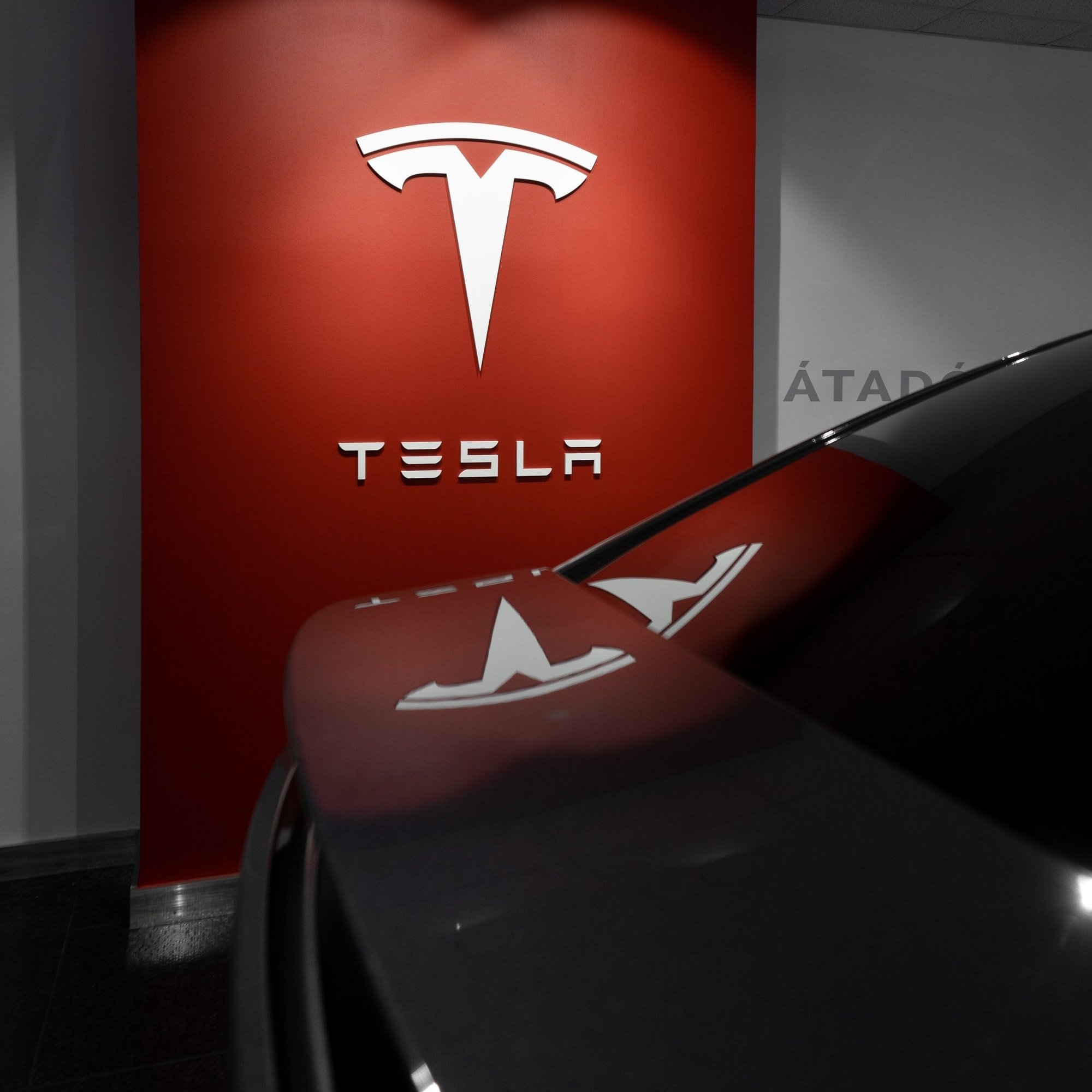In 2010, Tesla was on the brink of a crisis. The company was facing a massive loss of $154 million, and many authorities were quick to call it a failed experiment.
Despite the bleak outlook, Tesla founder Elon Musk decided to let his dream die.
With great enthusiasm and unwavering determination, Musk invested every ounce of his resources into ensuring Tesla’s survival and success.
At a time when the future of electric vehicles seemed imminent, Musk embarked on an extraordinary mission to reshape the automotive industry, proving that innovation, even in the face of adversity, could transform the world.

Musk’s strategy was clear: invest in cutting-edge technology, build factories and push the boundaries of what was thought possible.
Tesla began to focus on improving the technology of its electric cars, making them more efficient and attractive to consumers.
They set up gigafactories to scale up production, ensuring a steady supply of batteries and electric vehicles to meet growing demand.
Musk’s vision for Tesla went far beyond just creating cars; it was about redefining the way people thought about sustainable energy.
By integrating solar power and battery storage into its product line, Tesla began to push the boundaries of the clean energy movement.
As Tesla developed, the company faced skepticism from all quarters.
Industry experts were convinced that electric cars could compete with traditional gasoline-powered vehicles.
Competitors, meanwhile, were reluctant to make major investments in electric vehicle technology, fearing it would not pay off.
Despite skepticism, Musk’s decision to backtrack on his vision was key to Tesla’s transformation.
Musk’s leadership not only guided Tesla through the difficulties of the testing phase, but also inspired his team to innovate and challenge traditional industries.

By 2025, Tesla’s fortunes had changed dramatically. The same $154 million loss that had seemed insurmountable in 2010 was now an amount the company was making every six days.
Tesla had firmly established itself as the leader in the electric vehicle market, capturing significant market share and continuing its reach across the globe. More importantly, Tesla’s innovations extended beyond cars.
The company had become a dominant player in the AI-driven automation space, enhancing the capabilities of its vehicles with advanced autonomous driving technology.
Tesla’s clean energy solutions, such as solar roofs and energy storage systems, helped redefine the energy landscape, giving the company an important place in global sustainability efforts.
What seemed impossible in 2010 had become reality. The Tesla logo, once a symbol of safety, now shines as a beacon of innovation and progress.
Once an entrepreneur desperate to keep his company afloat, Musk had transformed himself into a disruptive billionaire.
His great capacity for innovation had not only transformed the automotive and energy industries, but had also changed the way people think about the future of technology.

Tesla’s remarkable transformation from a strong startup to an industry leader is a testament to Musk’s unwavering vision, resilience and ability to turn skepticism into success.
Today, the company stands as a symbol of what can be achieved when an idea is driven by passion and determination, and reminds the world that sometimes the impossible is just the beginning of something extraordinary.


